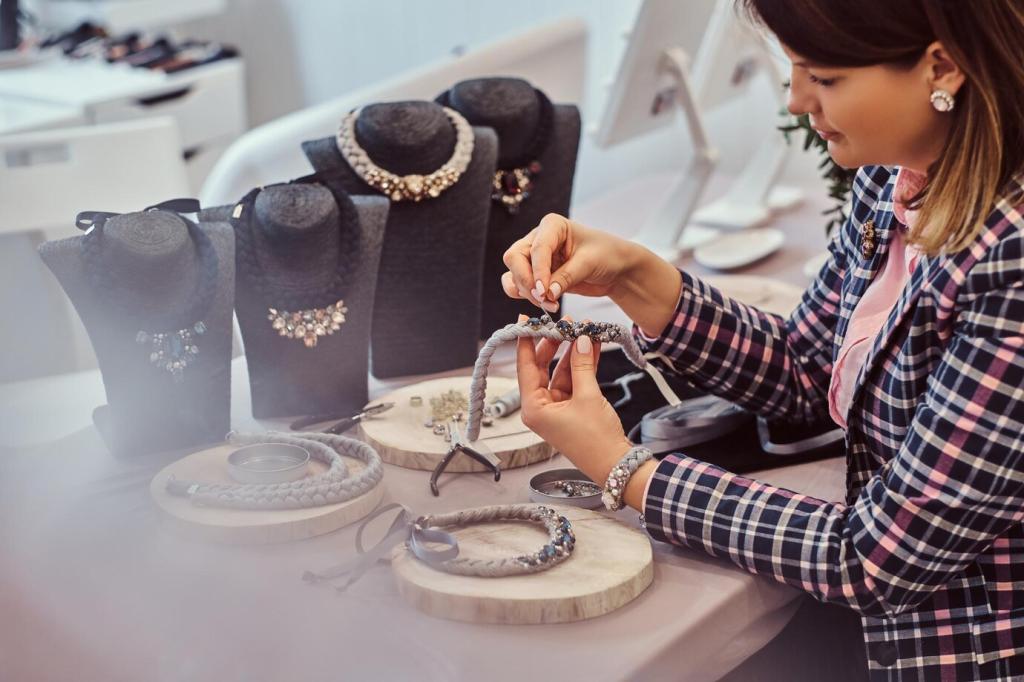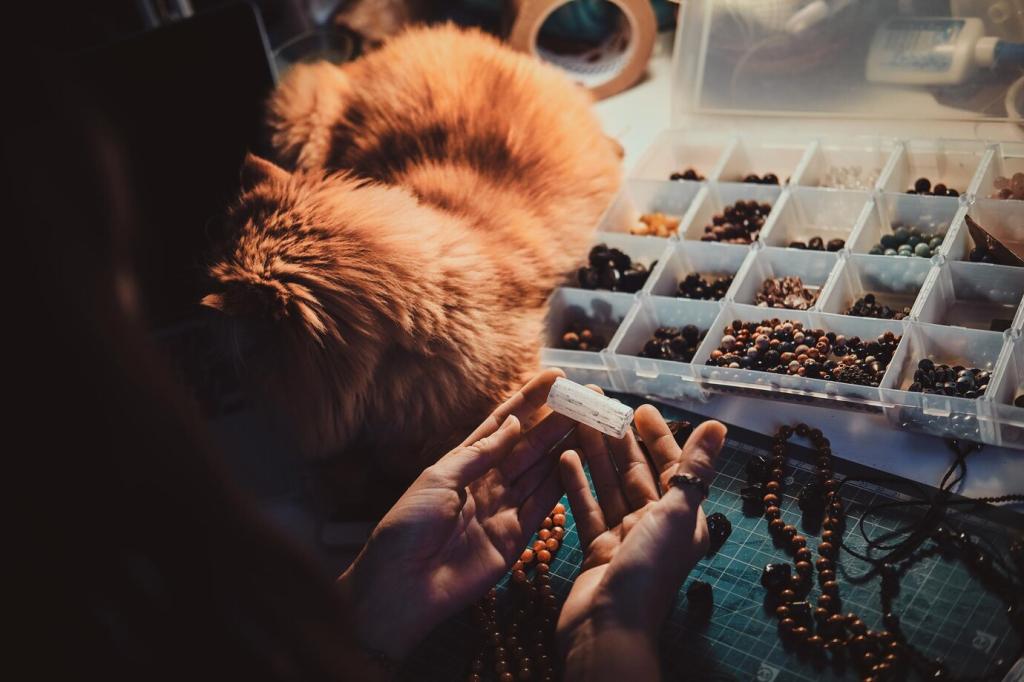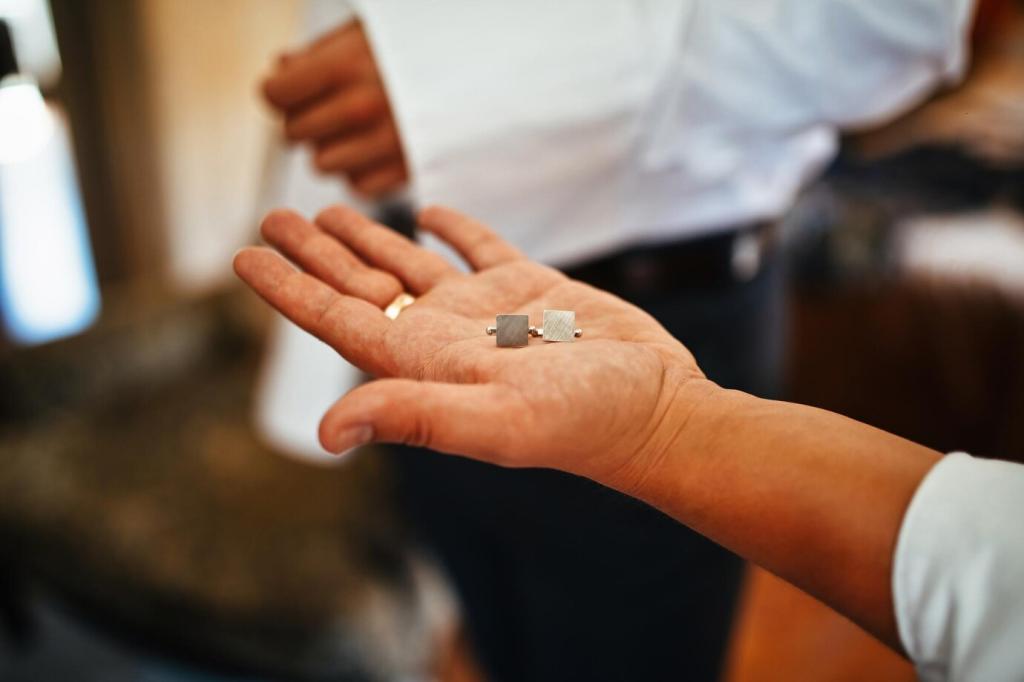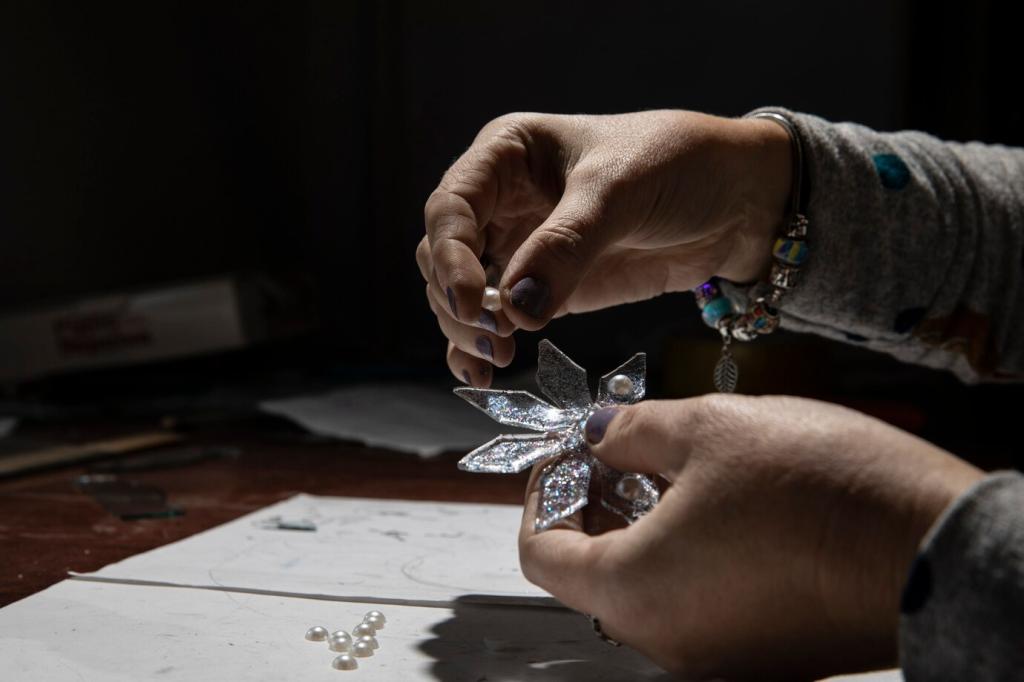
Understanding Gold Purity and Karats: Decode the Real Value of Your Gold
Chosen theme: Understanding Gold Purity and Karats. Step confidently into the golden conversation with a friendly guide that unpacks karats, alloys, hallmarks, and real-world choices. Whether you are buying your first piece, inheriting a treasure, or investing for the long term, discover how purity shapes color, durability, price, and meaning. Join the discussion and subscribe to learn more with each sparkling post.
What Karats Really Mean
Karat vs Carat: Clearing the Confusion
Karat measures gold purity out of twenty-four parts, while carat measures gemstone weight. Mixing them up can cost you clarity at the counter. Keep this distinction handy, and tell us which term used to trip you up before reading.
From 24K to 10K: Purity by the Numbers
Pure 24K is about 99.9% gold. 18K equals 75% gold, 14K is 58.5%, and 10K is roughly 41.7%. Higher purity shines richer but scratches easier. Which balance of glow and durability suits your lifestyle? Comment and compare your picks.
Why Purity Matters in Real Life
Karat affects color warmth, scratch resistance, and price. A frequent traveler may prefer 14K for toughness, while ceremonial pieces shine in 18K or 22K. Think about your routines, then share how you wear gold day-to-day so others can learn from you.

Alloys and the Many Colors of Gold
Yellow gold leans on silver and copper; white gold often includes nickel or palladium; rose gold glows with higher copper content. One grandmother’s 22K bangles gleamed warm and soft, while her rose gold locket told a modern story. Which hue sings to you?

Alloys and the Many Colors of Gold
Some white gold uses nickel, which can irritate sensitive skin. Palladium-based white gold offers a gentler option with bright tone and admirable strength. Ask your jeweler what’s inside your metal, and share your experiences so our community shops smarter together.
Reading Hallmarks and Testing Purity
Countries use different hallmarking systems. In karats, you might see 18K, while fineness marks like 750 indicate seventy-five percent gold. 14K corresponds to 585, 10K to 417. Keep a photo of these conversions on your phone and pass it along in the comments.
Professionals may use acid tests, electronic conductivity, or non-destructive XRF analysis to confirm composition. Each method has trade-offs in speed, precision, and cost. Ask your jeweler which method they trust most, then let us know what gave you the most confidence.
Gold is non-magnetic, but a magnet test alone proves little. Clasps, springs, or deceptive plating can mislead. Look for consistent hallmarks, buy from reputable sources, and request testing when in doubt. Share any near-miss stories to help others sidestep disappointment.
Active Days: The Practical Strength of 14K and 10K
If you work with your hands, lower karats can resist dings and keep settings secure. One cyclist swapped an 18K band for 14K after a maintenance mishap. What’s your busiest day like, and which karat would survive it best? Share your thoughts.
Heirloom Glow: The Romance of 18K and 22K
Higher-karat pieces gleam with deep color and tradition. In many South Asian families, 22K bangles mark milestones and blessings. They demand care but reward with timeless allure. Tell us which family piece you treasure most and why its warmth still moves you.
Occasions, Budgets, and Meaning
Engagement rings often balance durability and glow at 14K or 18K. Everyday studs might be 10K for confident wear. Decide what matters: longevity, color, or cost. Drop a comment on the piece you are planning, and we will help fine-tune the karat choice.
Investment Insights: Purity, Premiums, and Resale
Bullion Purity and Form Factors
Many bars and some coins are 24K, prized for ease of valuation. Jewelry, however, includes craftsmanship premiums. If investing, weigh liquidity and storage. Do you hold any bullion or consider wearable gold your vault? Share your strategy to inspire newcomers.
Jewelry Premiums vs Melt Value
Retail jewelry includes design, labor, and brand premiums beyond metal content. Resale often tracks melt value and demand. Knowing the karat helps you estimate realistic expectations. Have you sold a piece before? Tell us what surprised you about the final offer.
Documentation, Appraisals, and Trust
Keep receipts, appraisals, and photos for insurance and resale. Paperwork supports authenticity and speeds transactions. Ask for written purity details when buying. What documents do you keep organized, and which appraisers have earned your confidence? Help others build reliable habits.
Care, Cleaning, and Long-Term Love
Use mild soap, warm water, and a soft brush. Avoid harsh chemicals, especially with gemstones or plated surfaces. Pat dry, then polish gently with a lint-free cloth. Tell us your favorite routine and any tricks passed down from family care traditions.
White gold is often rhodium plated for extra brightness. Over time, plating wears and may need refreshing to restore sparkle. Ask your jeweler about maintenance intervals. Have you noticed dulling on a favorite ring? Share before-and-after stories to guide others.
Store pieces separately in soft pouches to prevent scratches. Avoid chlorine, remove jewelry before swimming, and check prongs yearly. For travel, consider a compact case and insurance. What is your safest storage trick? Comment to help our community protect what matters.

